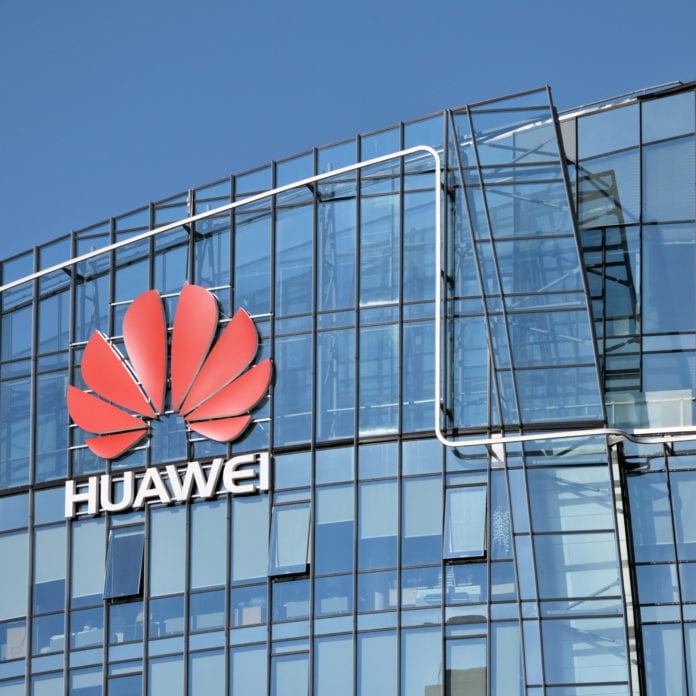Huawei’s founder Ren Zhengfei said the vendor needs to embark on a three-to-five year transformation process in order to be well prepared to face the ban implemented by the U.S. government, Bloomberg reported.
In an internal memo seen by the news agency, Ren said that major structural changes needed to be implemented as U.S. sanctions geared on access to U.S.-made components threaten its smartphone business. The consumer business faces a “painful long march,” Ren wrote in the internal memo.
The executive did not provide details of the future changes in the company’s structure.
“We have to complete an overhaul in harsh and difficult conditions, creating an invincible iron army that can help us achieve victory. We absolutely have to complete this re-organization within three to five years,” Ren said.
“Two bullets fired at our consumer business group unfortunately hit the oil tanks,” Ren said in his letter.
The executive had previously said that Huawei is set to lose $30 billion in revenue as a result of restrictions imposed by Washington.
Ren also highlighted that the U.S. implemented the sanctions against Huawei due to China’s dominance in the 5G field. “The U.S. doesn’t use the most advanced 5G technology,” he wrote. “That may leave it lagging behind in the artificial intelligence sector.”
Huawei was blacklisted by the U.S. government in May, as the Trump administration believes that the Chinese government can use the vendor to carry out spying activities. One of the immediate consequences of the blacklist was that Google restricted Huawei to open-source versions of its products, including Android. Under the terms of the ban, U.S. firms willing to export components and software to Huawei have to apply for a license.
Last month, President Donald Trump had agreed to grant “timely” licensing decisions to U.S. technology firms that want to sell components and services to Huawei, following a meeting between the U.S President and the CEOs of Google, Cisco, Intel, Western Digital Corporation, Micron, Qualcomm and Broadcom. Out of $70 billion that Huawei spent buying components in 2018, some $11 billion went to U.S. firms including Qualcomm, Intel and Micron Technology
However, the U.S. government seems to have put on hold the approval of licenses for U.S. firms willing to export components to Huawei due to increasing trade disputes with China. Commerce Secretary Wilbur Ross recently said he’s received 50 requests by U.S. firms and that a decision on them was pending.
Last week, Huawei officially unveiled its own developed operating system HarmonyOS, with the aim of avoiding an extreme dependency on Android OS.
Huawei said that the HarmonyOS 1.0 will be initially adopted in its smart screen products, which are due to launch later this year. Over the next three years, HarmonyOS will be optimized and gradually adopted across a broader range of smart devices, including wearables.
Also, as a consequence of the U.S ban, Huawei recently dismissed 600 employees at its US-based research arm, Futurewei Technologies. The subsidiary employs around 850 people in the states of Texas, California and Washington.

